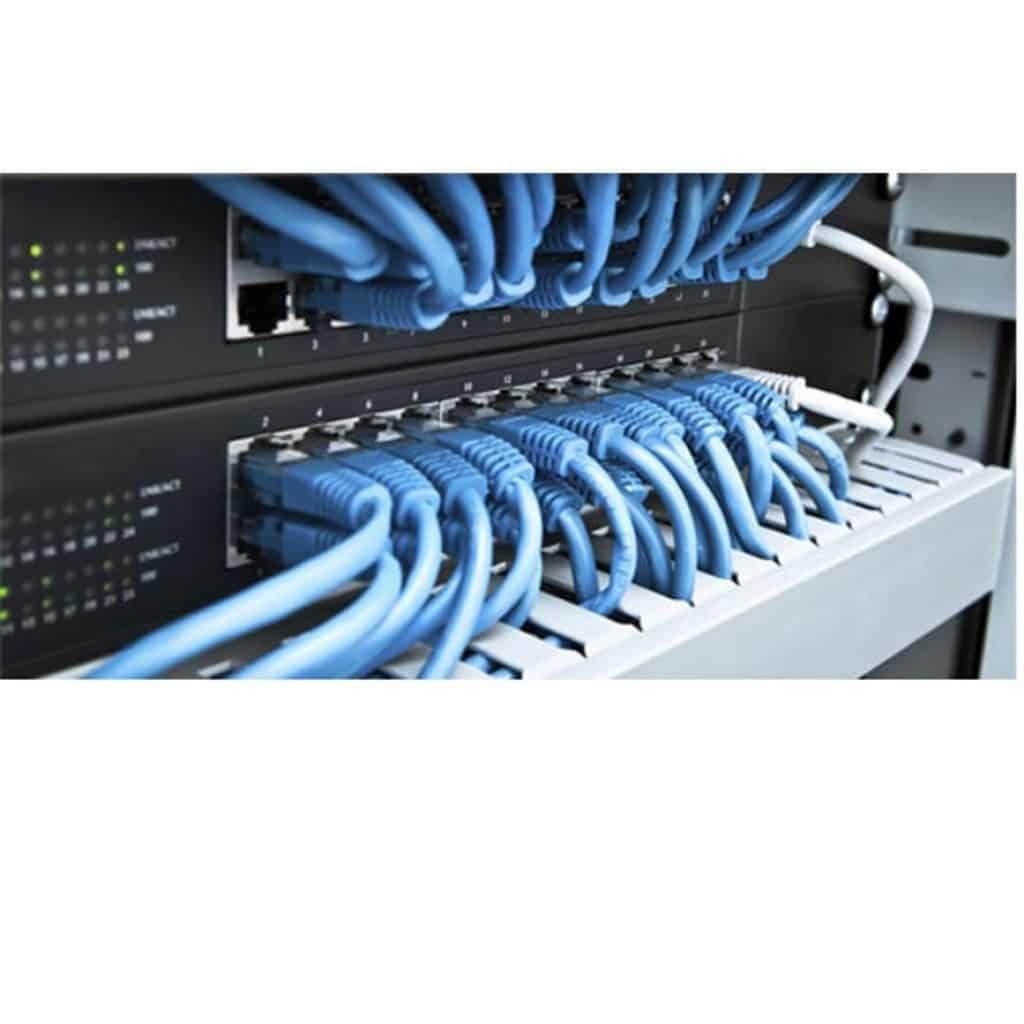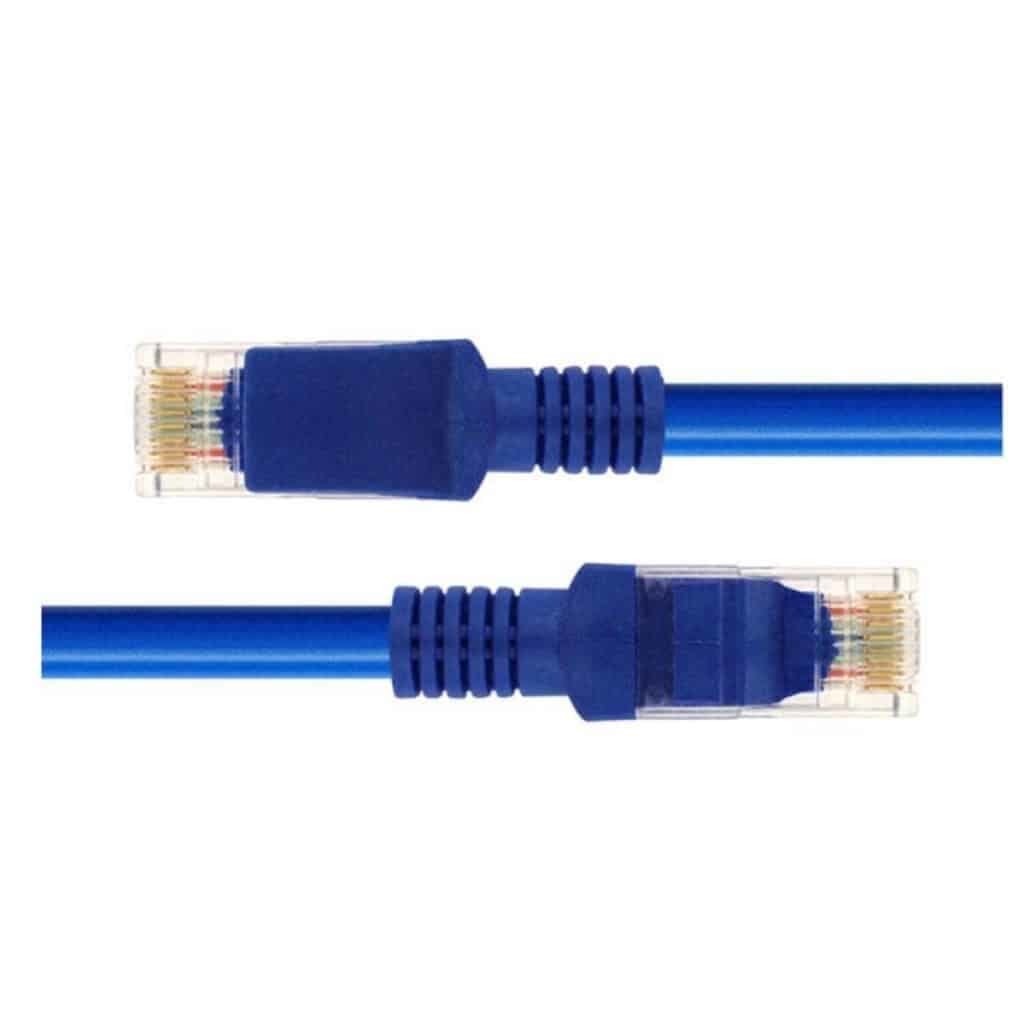There are numerous Ethernet cables available for purchase. These cables are frequently included as part of the equipment that utilizes Ethernet communication in some form. There are various types of Ethernet cable available, including speed variations, crossover cables, Cat 5, Cat 5e, etc. Ethernet cables will be purchased in most cases, and there is no pressing need to know what is inside or on the connectors. Still, it can be both intriguing and helpful at times. Even so, knowing the different types of Ethernet cable and the recommended maximum lengths is beneficial. Ethernet cables use twisted wire pairs within an overall cable in most business, and household situations – Cat 5, Cat 6, and Cat 7 all use this structure.
Twisting the wires together allows the currents to balance, one wire moves in one direction. The other wire in the pair moves oppositely, allowing the broad fields around the twisted pair to cancel. An Ethernet modem is a computer-connected device that uses an electrical device to connect to the Internet. This modem transfers and exchanges data packets in real-time using broadband technology. It usually comes in two varieties. Cable modems require dedicated cable lines, usually the same ones that subscribers use for television services. In contrast, Ethernet-enabled digital subscriber lines (DSL) modems use phone lines. They both work in the same way, at least in terms of technology, and are referred to as Ethernet because they are wired.
Purchase Computer Cable Modem Router E5 Ethernet Cable 2018 Blue Ethernet Lan Cable CAT5e now.
Specification:
- CARPRIE is the brand name of the product.
- Origin: CN (Origin)
- Cable Adapter is a type of cable adapter.
- There is no package.
- Availability of Products: In Stock
- Model No.: /
- Cat 5 Cable is an item.
- New condition
- 1 quantity
- Blue in color

Pros:
- It doesn’t need a lot of money to create an Ethernet. It comes at a reasonable price. It is less expensive than other methods of linking computers.
- All nodes in an Ethernet network have the same privileges. It is not built on a client-server model.
- It does not necessitate the use of any switches or hubs.
- Administration and maintenance are straightforward.
- The ethernet cable used to connect systems is noise resistant.
- The data transfer quality does not diminish because it is noise resistant.
- The data transmission quality is excellent.
- A Gigabit network allows users to send data at speeds of up to 100 Gbps.

Cons:
- It provides a service that is nondeterministic.
- It is unsuitable for real-time applications since it necessitates deterministic service.
Conclusion:
An Ethernet modem’s cable jacks are very similar to phone cord jacks. They are, however, slightly more comprehensive, and the cable itself is thicker. Meanwhile, USB cables have a flat metal connector that connects to USB ports on desktop PCs. Ethernet cables benefit USB cables to cover up to 328 feet (100 meters) without signal degradation. USB cables are usually limited to 16 feet in length (5 m). All three cats, Cat5, Cat5e, and Cat6, have been spotted. The Ethernet cables use the cost-effective but practical RJ45 patch connector to join or patch numerous pieces of Ethernet-based equipment together.





